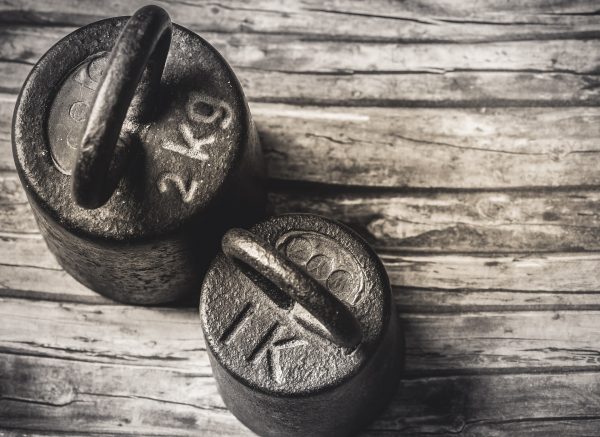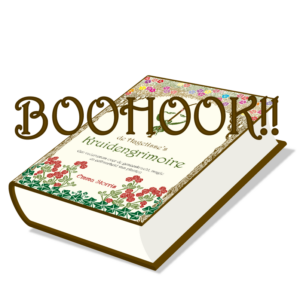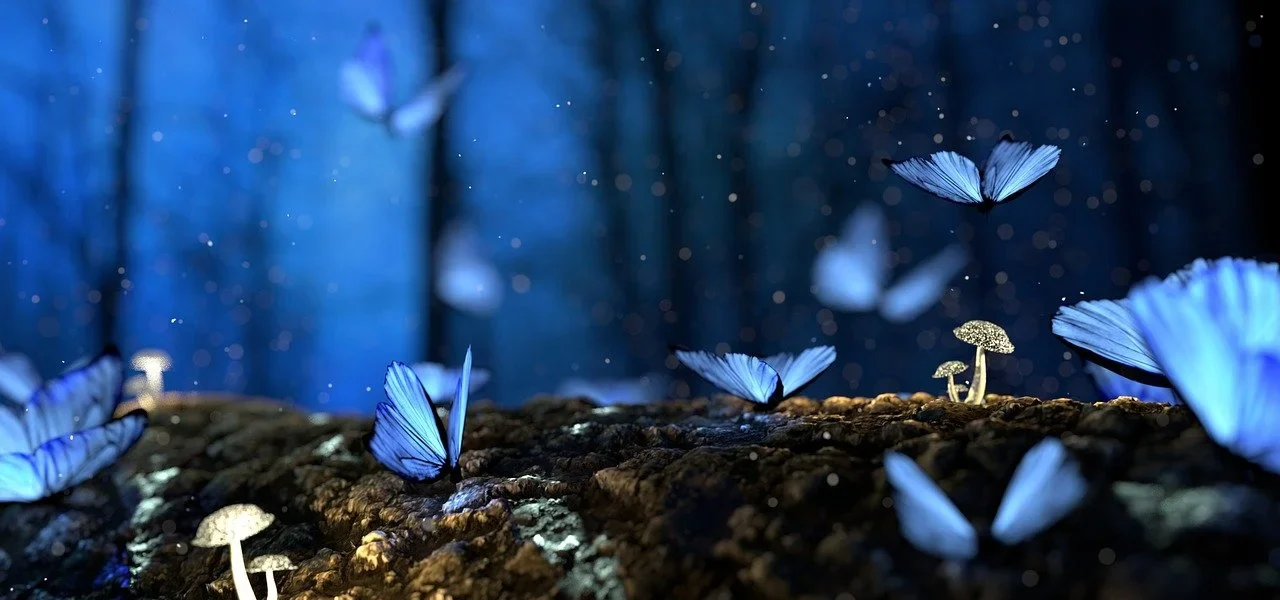How to make a tincture of medicinal plants: the weighted method

I hope that, in the meantime, you have made all kinds of tinctures and experimented with the traditional method. As I wrote before, this is the method I use the most. However, sometimes you want to know exactly how much medicinal plant is in your tincture. Because, for example, you follow a recipe from a pharmacopoeia. Or because you want to make a standard strength tincture for whatever reason. With the weighted method, you will measure how much menstruum and how much medicinal plant material goes into your preparation.
Agreement on the standardisation of herbal preparations
Many commercially sold herbal preparations are made in fixed proportions. In the early 20th century, herbalists and pharmacists from all kinds of countries came together in Brussels (Belgium) to discuss how to regulate the fabrication of herbal remedies. These regulations were intended to make herbal preparations, or medicines, in standard strengths from that moment on. This way doctors could assume that all medicines could be prescribed in the same manner and dosage. A very useful agreement to make in a system where the people who prescribed the resources were no longer the people who made them.
What they agreed upon was the following:
- The amount of non-toxic dried plants would henceforth be 20 grams per 100 ml tincture, the so-called 1: 5 w / v tincture;
- The amount of toxic dried plants would henceforth be 10 grams per 100 ml tincture, the so-called 1:10 w / v tincture;
- The amount of fresh plants would now be 50 grams per 100 ml tincture, the so-called 1: 2 w / v tincture. The menstruum would always be 190-proof alcohol.
W / v? What does that mean?
The abbreviation w / v stands for weight per volume. When making a weighted tincture, we measure 2 different units: weight when it comes to the plants and volume when it comes to the menstruum. Why that is? Because we can roughly assume that a liter of liquid weighs about a kilo. So if we are making a 1: 5 w / v tincture and we are going to use 40 grams of plant material, we need 5×40 = 200 grams of menstruum. That is equal to 200 ml of menstruum.
A little more about the menstruum. If you don’t remember what that word means, read the first blog in this series again. In that blog I explain that a menstruum can consist of several different liquids, depending on the constituents you want to “catch”. In case of the weighted method, this will only affect the composition of the menstruum that you use when making a tincture with dried herbs. After all, for fresh plants the agreement is that we always use 190-proof alcohol.
Some more about a suitable menstruum
How do you know what the composition of your menstruum should be? That all depends on the plant. The bottom line is that you will have to investigate which constituents you are going to dissolve and which solvent those constituents can best be tempted with. I will devote a blog to this in the future. However, for the scope of this blog, that information is too detailed. For now , it suffices to know that if there are tannins in the plant, it is a good idea to add a small amount of glycerine to the menstruum. For alkaloids, a little vinegar is a good addition.
But you will especially have to look carefully at which constituents are soluble in water and which in alcohol. Another important question: are any of the constituents you need to macerate insoluble in a specific liquid. Consider, for example, mucilages. Those cannot be captured in alcohol, so you will need to add enough water to your menstruum to be able to extract them.
For those of you who think this is beyond them for now: there are always ready-made recipes. You can find them in old pharmacopoeias, for example. Please check that the information you use is not outdated or even be dangerous. So, whatever way you proceed, you will have to do some sort of research.
Utensils you’ll need for making an weighted tincture
Do you remember what it was you again? My standard equipment for a traditional tincture looked like this:
- A smooth wooden cutting board
- A sharp knife
- A mortar
- A well sealable jar and two bowls, jars or pots to decant for decantation and pressing
- Filter materials, such as a funnel, sieve and coffee filters, muslin cloth or cheese cloth
- Bottles of dark glass which can be closed properly
- Optionally labels
When using the weighted method, you need all of the above and the following extra things:
- A scale
- A measuring jug (more convenient is a measuring jug set, for your custom menstruum)
If you have not read the first blog about tinctures, it is a good idea to do so now. I will give you some useful tips about what to look out for when purchasing materials.
- make a traditional tincture using fresh plants
- make a traditional tincture using dried plants
- store and use the tinctures you've made
You need a paid membership to view this content
Basic Membership is free!




